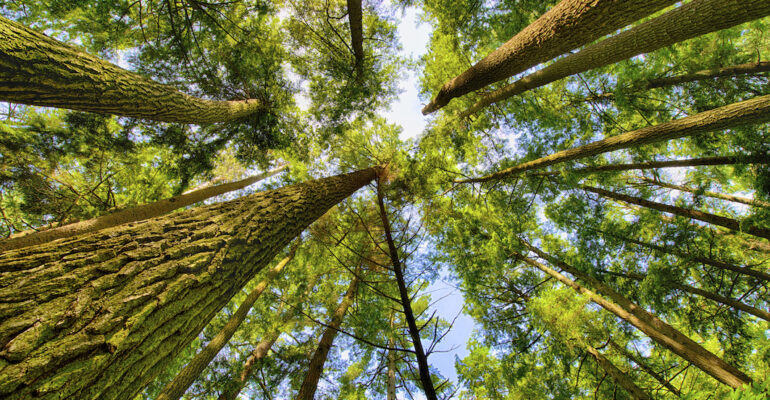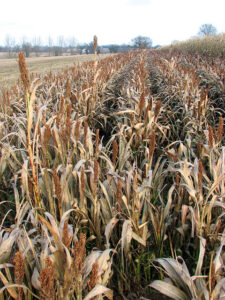Bioenergy emissions, just counting isn’t enough
By Sini Eräjää, Policy Officer EU Bioenergy, Birdlife Europe and Central Asia and the European Environmental Bureau
As the European Commission published its new climate policy this week to address emissions from land and forests (LULUCF), the Commission also stated that the new proposal will cover and record emissions from bioenergy. Seems that they are desperate to find ways to deal with the problematic carbon emissions from bioenergy, but unfortunately the proposal put forward won’t solve anything.
When rules for international accounting of greenhouse gas emissions were designed, bioenergy was never assumed to have zero carbon emissions by the international scientific community. The idea was that countries would not count these emissions – or other emissions from agriculture, forestry and land use – in the energy sector, i.e., at the smokestack. Emissions from biomass harvesting for energy were meant to be counted in the land sector as soon as a tree is cut or crop harvested.
It’s worth bearing in mind that these rules were designed for book keeping of emissions – which is obviously important – but not necessarily for policy design. One thing is to account for the emissions, another is to take action to ensure we reduce them.
European policies have so far both failed to actually account for the emissions from bioenergy and ensure that bioenergy really reduces them significantly. Following the new policy proposal on the inclusion of the land sector in the 2030 climate policy framework, it appears that the Commission is claiming the accounting at least has been taken care of.
Unfortunately this is not the case. The new proposal still fails to capture all bioenergy emissions. But even more so, it doesn’t provide strong incentives to ensure countries only support low-carbon bioenergy. A group of 11 environmental organizations across Europe just released a briefing to explain why this is the case.
The Commission’s proposal on how to account for emissions in the LULUCF sector still maintains the peculiar accounting rules, especially for forests which don’t really capture carbon removals or emissions from forests. Even the Commission itself admits that the accounting for emissions from forests is so unreliable that it allows countries to take those removals (or emissions) into account only in a very limited way.
More importantly, measures are still needed to address the issue. The LULUCF proposal doesn’t provide real incentives to make sure carbon removals from forests and their carbon stocks are maintained. It only requires that net sinks of carbon such as forests don’t turn into net emissions. This is a loose requirement that would allow the release of hundreds of megatonnes of additional CO2 into the atmosphere and won’t be enough to outweigh the strong incentives that energy policies have to cut more wood and crops for energy.
If energy policies are not changed and the unconstrained push for increased bioenergy use continues, emissions won’t really be reduced – or at best, just shifted to the land sector. The zero rating of bioenergy emissions in energy policies means that bioenergy producers get credits and subsidies for “reducing emissions” without having to provide any sort of proof this is actually the case.
NGOs therefore argue that certain conditions are needed for energy policies so that support is limited to sources of bioenergy that really deliver GHG savings. This means sources with high risk of emissions from direct or indirect land use change or from decrease in nature’s carbon should be phased out and not allowed. Biomass from food and other crops grown on agricultural land and round wood from forests are particularly risky sources from a carbon perspective.
While a new policy to address the emissions from land and forests has been much awaited for and needed, and while NGOs will continue working intensively to make it as robust as possible, it in itself is not a sufficient policy tool to ensure that bioenergy use delivers robust and verifiable greenhouse gas savings.
Banner photo: Pines (c) Elvis Kennedy, Flickr Creative Commons





